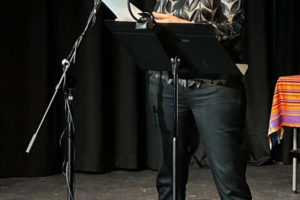It’s so easy to focus on what individuals can do to prevent and prepare for a disaster, that we often miss the bigger picture — what are our elected leaders doing to minimize the impact of disasters like flooding, wildfires and earthquakes on our communities?
As the executive director of the local American Red Cross chapter discussed in this week’s A1 story about an upcoming meeting on disaster prep, people can, on an individual level, do quite a bit to get ready for the next natural disaster. We can keep fully stocked disaster kits in our homes and cars; be ready to survive on our own for three weeks; check on our most vulnerable neighbors; and bolt our home’s foundation down and install a switch to automatically shut off natural gas in case that monster earthquake hits in our lifetime.
But what is happening on a larger level to ensure that our communities aren’t going to be wiped out by the next disaster? What are local and regional officials doing to ensure that our schools, roads, homes and infrastructure are being built in the safest areas?
The answers often aren’t as clear as we would hope. There are tools that local planners can use to build around dangerous areas, such as the Federal Emergency Management Agency (FEMA) flood maps, which show areas most likely to experience flooding once every 100 or 500 years, but climate change is changing the game so rapidly, that some of these tools are no longer as reliable as they may have been 50 years ago — or even 10 years ago.
A 2016 National Public Radio report, for instance, found that FEMA flood maps aren’t accounting for climate change and could be considered “outdated” in as little as five years.

